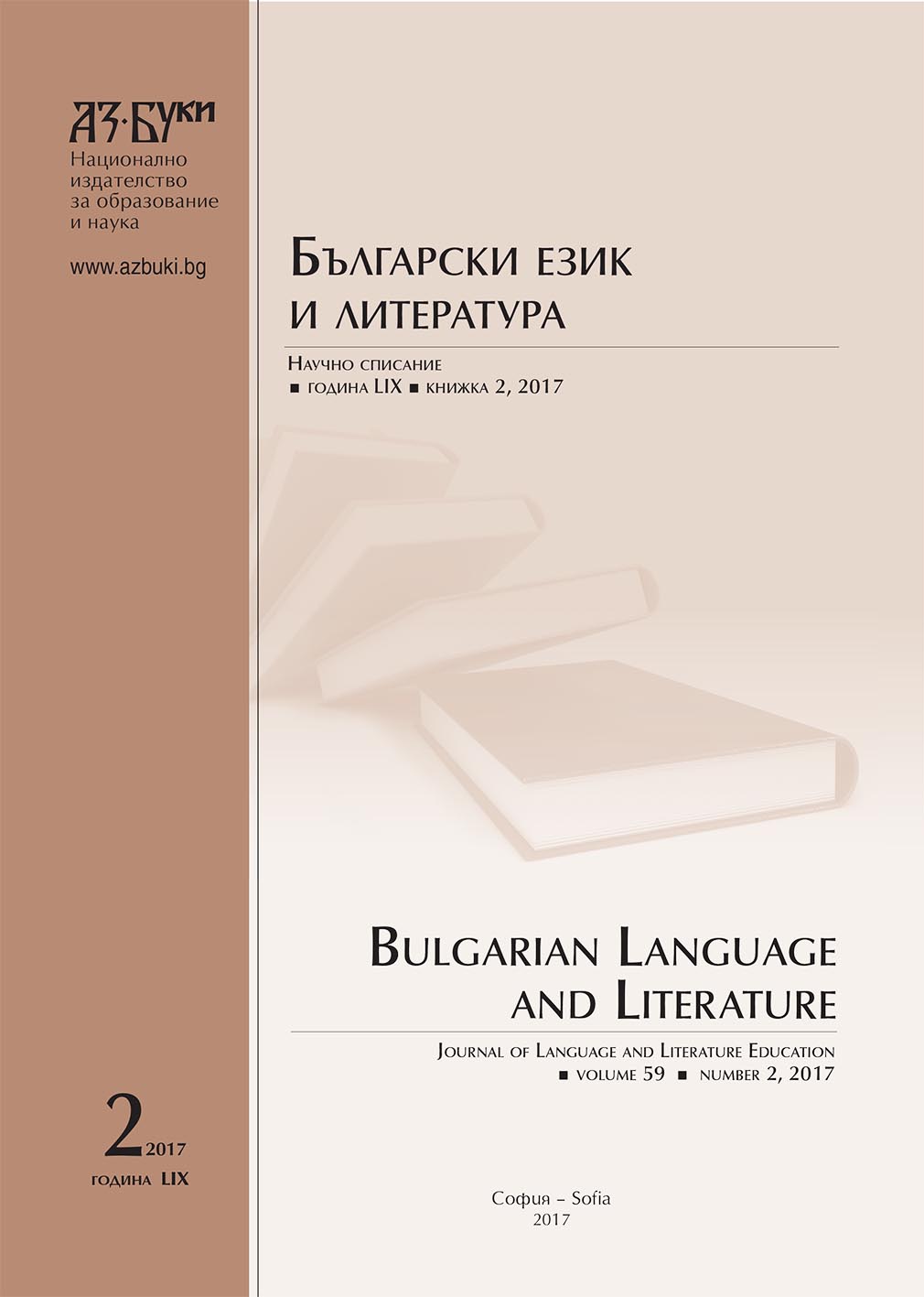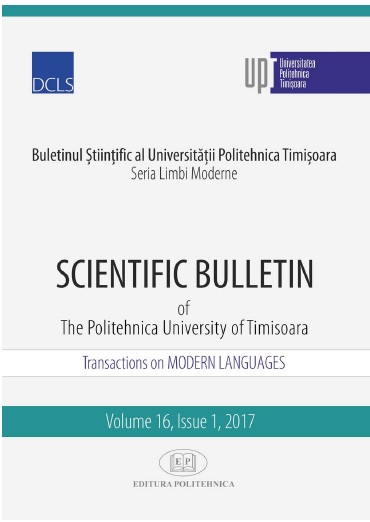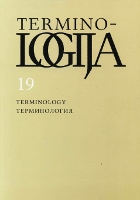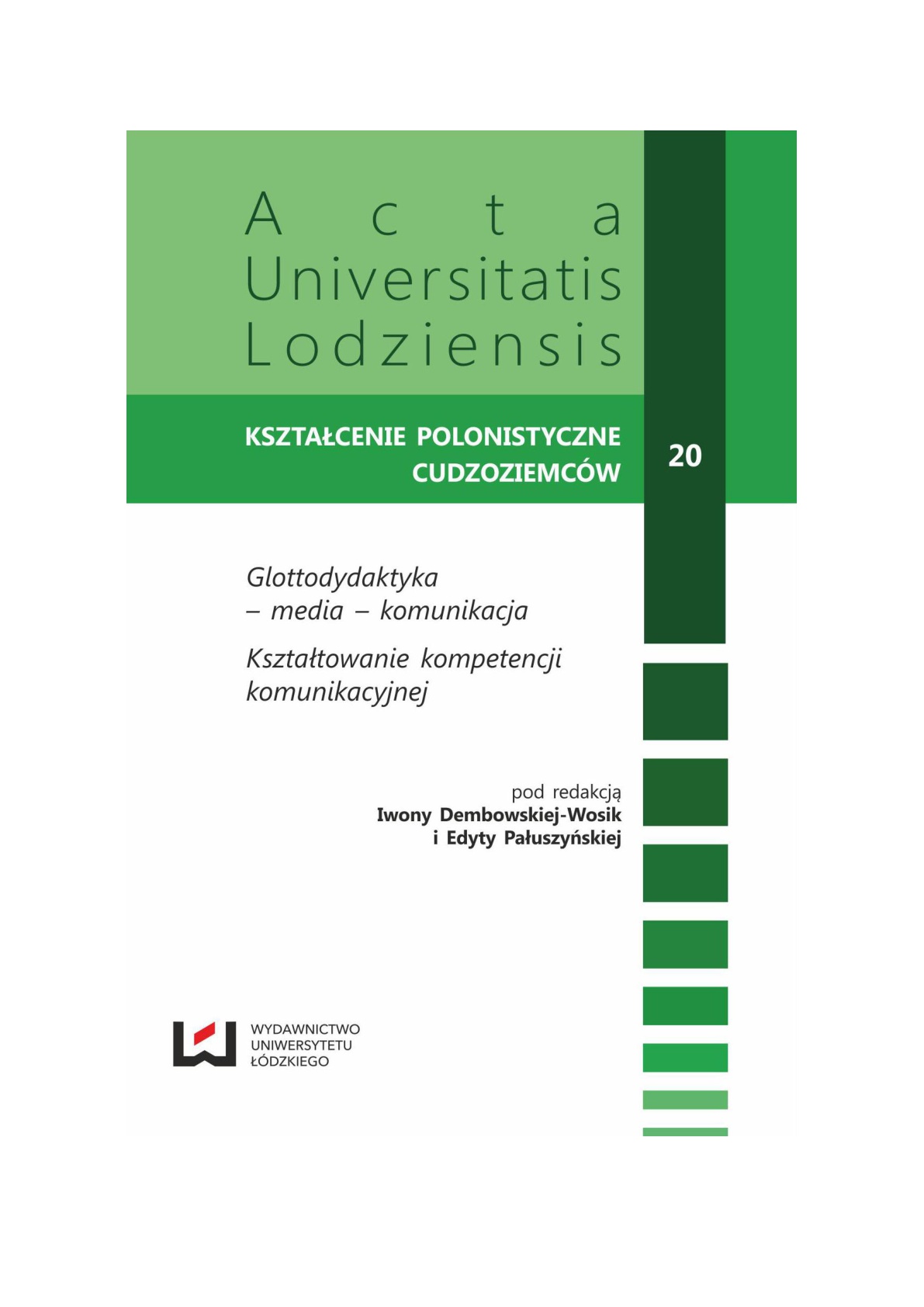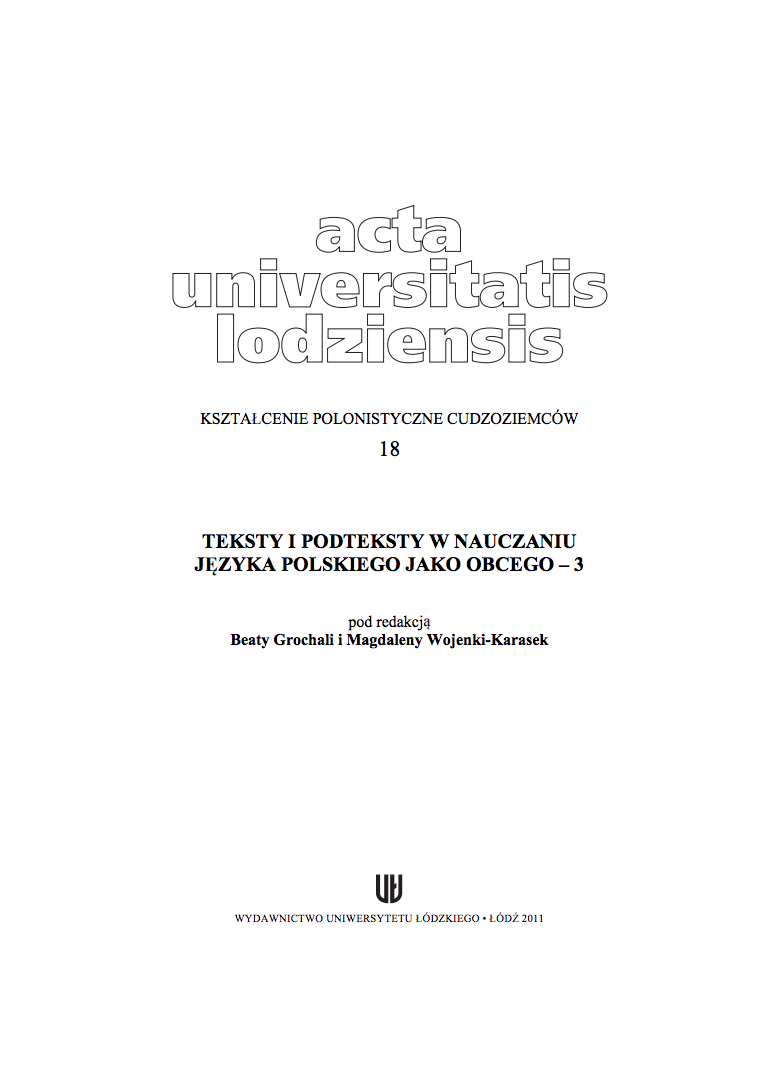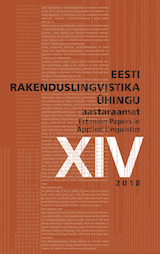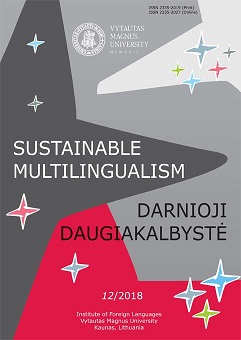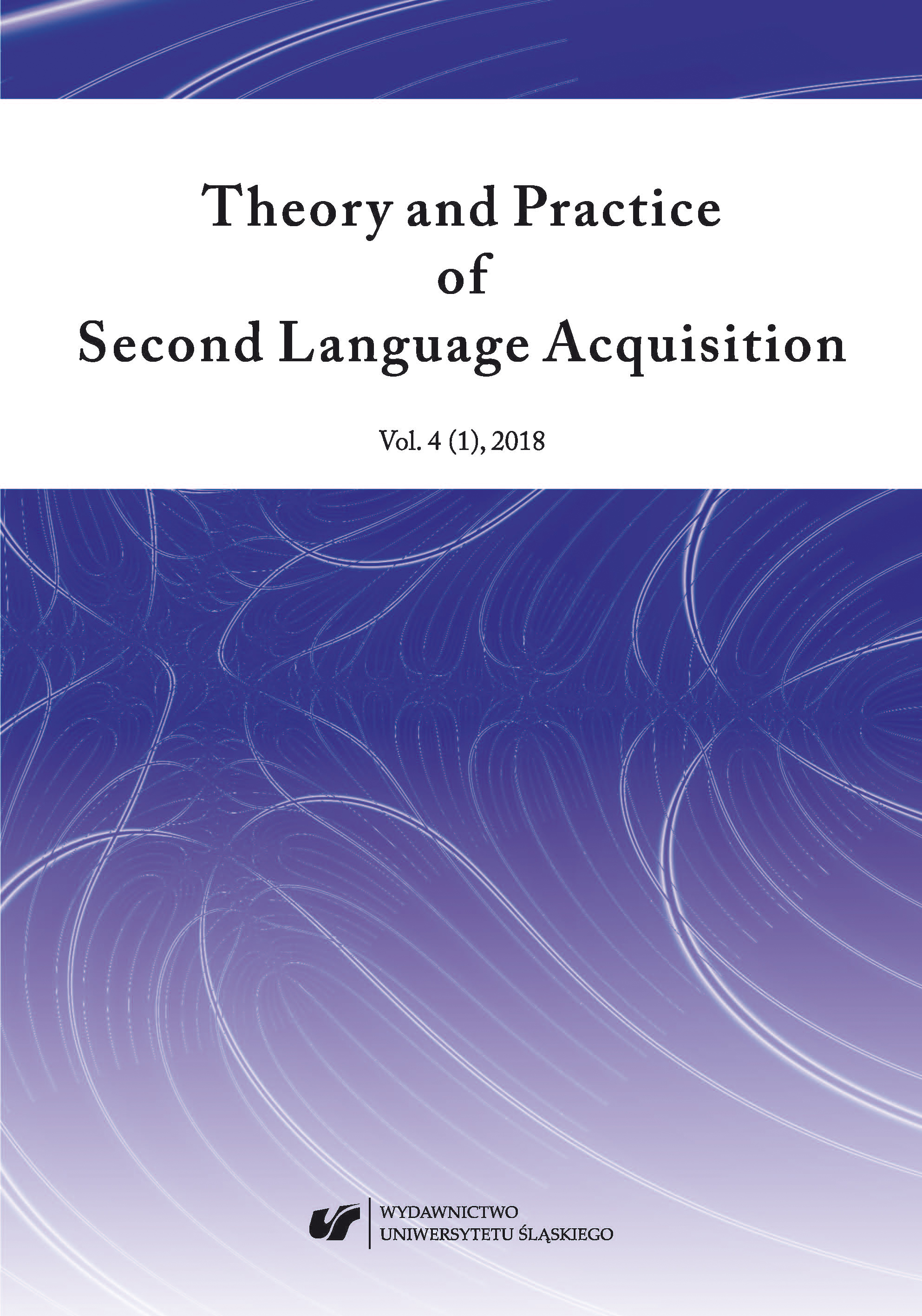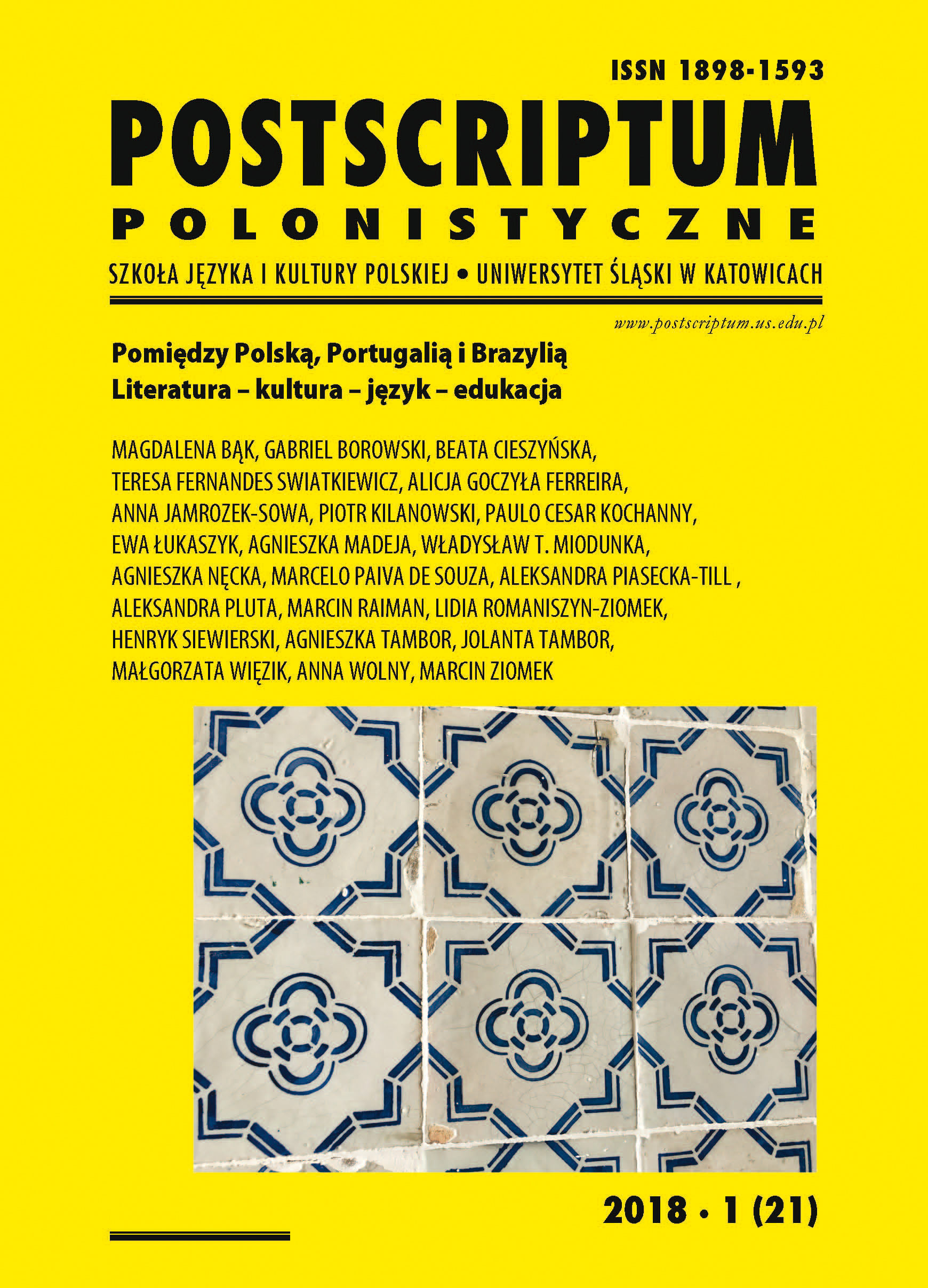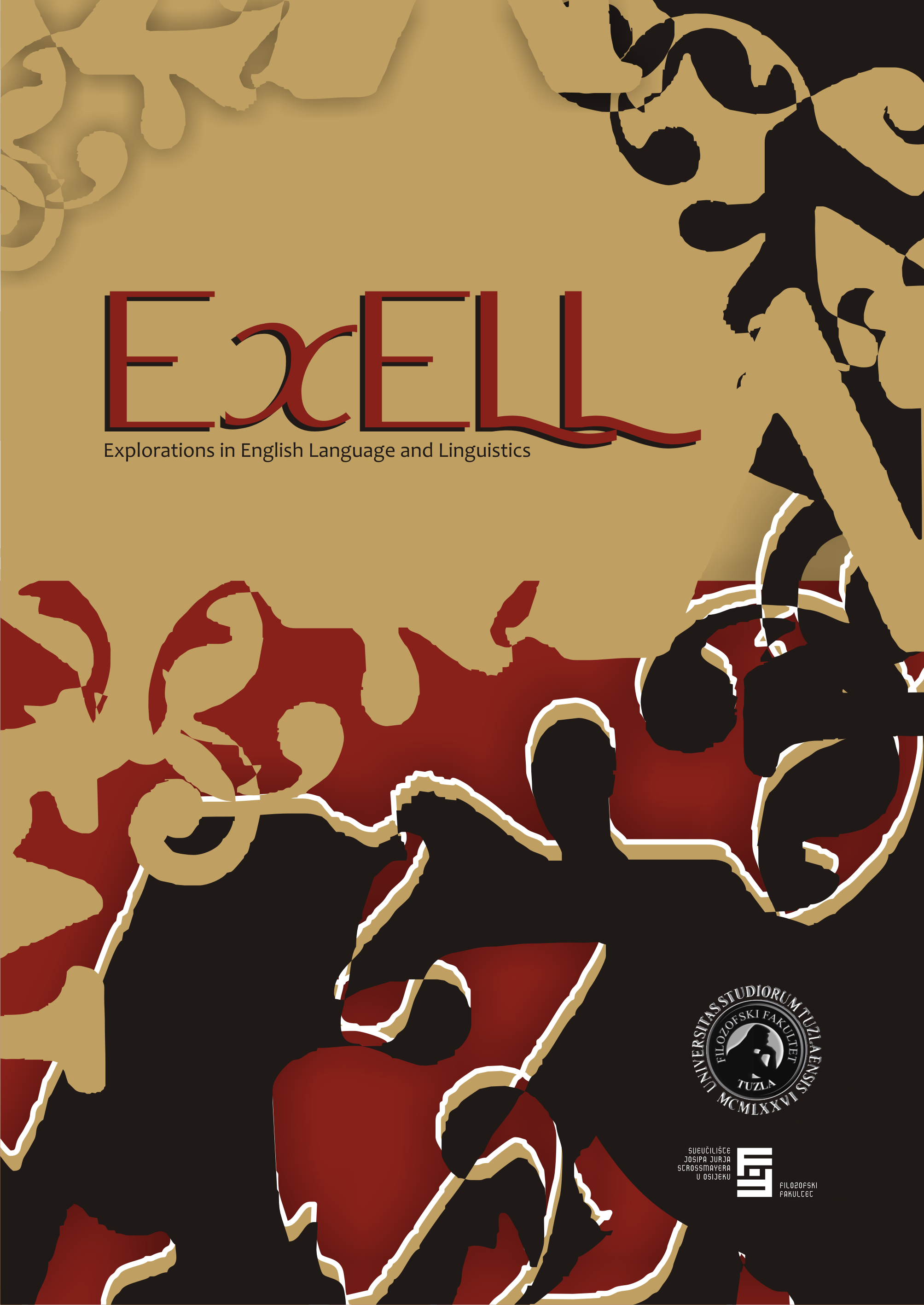
Using authentic materials for students of tourism in Slovenia: English language acquisition for students of the Faculty of Tourism of the University of Maribor
The article examines the process of teaching English for specific purposes at the Faculty of Tourism of the University of Maribor, Slovenia using coursebooks and authentic supplementary materials. The survey has shown that the students of the Faculty of Tourism prefer supplementary authentic materials to coursebooks because they find them sufficiently interesting or challenging. Specially designed classroom materials that are put into the Moodle by the teacher also offer opportunities for various activities in lesson planning for teaching, listening, speaking, reading and writing. Another important aspect of supplementary materials is that they facilitate the teacher’s creativity. However, there are advantages and disadvantages to using only coursebooks or only specially prepared classroom materials, and both - coursebooks and supplementary materials - should be used only after careful consideration. Although authentic materials may contain complex grammatical structures and difficult vocabulary, they bring real-life situations into classrooms, and students therefore find them very motivating, the survey has shown.
More...

